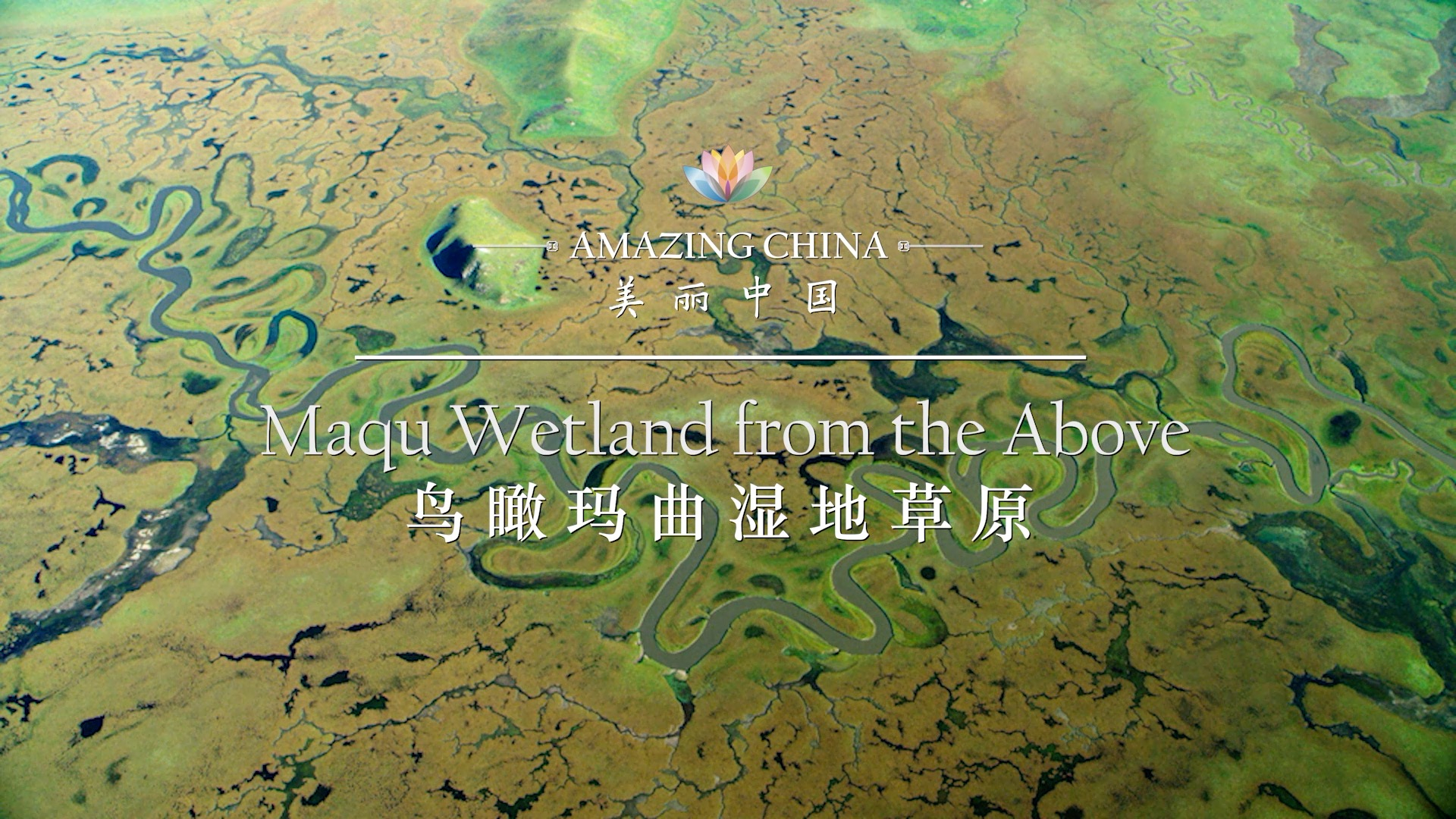04:09

Located in northwest China's Gansu Province is a vast stretch of wetland called Maqu.
More than 300 tributaries of all sizes are distributed on the wetland, like capillaries of the earth.
The name Maqu River means Yellow River in Tibetan.
As it reaches Maqu, the upper stream of the Yellow River carries 20 percent of its water volume, yet it leaves the wetland with 65 percent of the total volume.
Hence the Maqu Wetland gained the name of the "Reservoir of the Yellow River."
The grassland nourished by the abundant water covers an area of 3,750 square kilometers in the eastern edge of the Qinghai-Tibet Plateau.
The wonderful natural pasture is home to various animals.
The Oula sheep with slightly spiral horns gets its name from Mount Oula nearby.
The yak of Maqu is also a native species.
More than 90 percent of the world's yaks live on the Qinghai-Tibet Plateau and in the surrounding six provinces.
They account for more than half of the livestock raised by Maqu herdsmen.
The rich water and grass nurture not only sheep and yaks, but also numerous people in the region.
For thousands of years, the Maqu Wetland has been contributing nearly half of the water to the Yellow River, which nourishes more than 750,000 square kilometers of land in the country, and is regarded by Chinese people as the "Mother River."
(Cover image is a screenshot from the video.)
(If you want to contribute and have specific expertise, please contact us at nature@cgtn.com.)